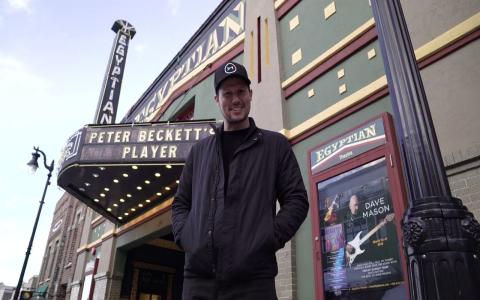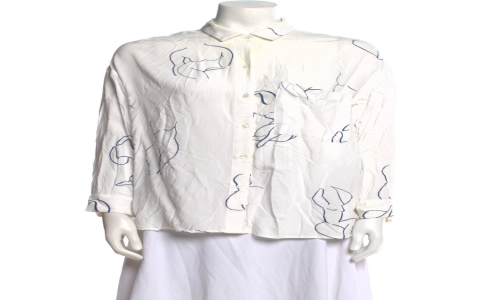Alright, let me tell you about this project I once poured a ton of myself into, something we ended up calling “Dundas World” internally. It sounds grand, and honestly, the ambition was pretty big at the start.

The Big Idea
So, the higher-ups, they had this vision, you see. They wanted one place to see everything. Sales figures, marketing campaign performance, operational bottlenecks, customer feedback trends – the whole nine yards. And the tool of choice for this grand central station of data? Dundas BI. My job, along with a small team, was to make this “Dundas World” a reality. I was actually pretty pumped. Finally, a chance to build something really impactful, or so I thought.
We kicked things off with a whirlwind of meetings. I must have talked to every department head, every team lead, trying to figure out what they needed to see, what kept them up at night. We gathered stacks of reports, scribbled notes on whiteboards until they were a blur. The goal was to connect all these disparate data islands into a cohesive continent, all viewable through Dundas.
Getting Hands Dirty
Then came the real nitty-gritty. Data, data, data. We had to pull it from everywhere. Old legacy databases, shiny new cloud services, spreadsheets emailed back and forth – you name it. I spent weeks, felt like months, just wrestling with SQL queries, trying to clean up messy data, transform it, and get it into a shape Dundas could happily digest. Some days it felt like I was more of a data plumber than a BI developer, just trying to stop the leaks and get the flow going right.
Once we had a decent flow of data, I started sketching out the dashboards. This was the fun part, or so I thought. I was aiming for something super intuitive. Dashboards that told a story, not just threw numbers at you. I played around with different chart types, spent ages on getting the drill-downs just right, making sure users could go from a high-level overview to the nitty-gritty details with a few clicks. We even had debates about color schemes, can you believe it? Wanted it to look professional but also engaging.
We built out some prototypes. Showed them to a few key people. And man, the reactions were great! “Wow, this is amazing!” “This is exactly what we need!” We were feeling pretty good. I genuinely believed “Dundas World” was going to change how the company operated, make everyone’s life easier, decisions smarter. I was all in.

And Then… Reality Hit
But you know how these things go, especially in bigger organizations. Just as we were getting ready for a wider rollout, things started to shift. There was a big internal restructuring. New executives came in with their own ideas, their own pet projects. The main sponsor for “Dundas World,” the one who really got the vision? He got moved to a different division, then eventually left the company.
Suddenly, our “Dundas World” wasn’t the shiny new toy everyone wanted to play with. It became… well, less of a priority. Meetings got postponed, then cancelled. The budget for the next phase got “re-evaluated.” It was frustrating, to say the least. All those late nights, all that effort, felt like it was slowly fading into the background.
The project never officially got killed. It just sort of… withered. It existed on a server, a few people still used parts of it, but the grand vision of “Dundas World”? That was pretty much dust. It became one of those “Yeah, we tried that once” stories.
What I Took Away
It taught me a heck of a lot, though. Not just about the technical ins and outs of Dundas BI, which I got pretty good at, if I say so myself. But more about the human side of these big projects. You can have the best tech, the most amazing solution, but if you don’t have sustained buy-in, if the organizational winds change, even the best ideas can stall.
Funny enough, I wasn’t at that company for too much longer after “Dundas World” fizzled. I think that whole experience kind of opened my eyes. I wanted to be somewhere a bit more agile, where good work could actually see the light of day and make a difference without getting bogged down in bureaucracy.

Now, I’m doing something a bit different, still working with data, but in a much more dynamic environment. And you know what? Every now and then, I still think about those “Dundas World” dashboards. They were pretty slick. Maybe I’ll recreate a few of the concepts for a personal project one of these days, just for the satisfaction of it. It’s good to remember what you’re capable of building, even if the world doesn’t always get to see it the way you envisioned.




